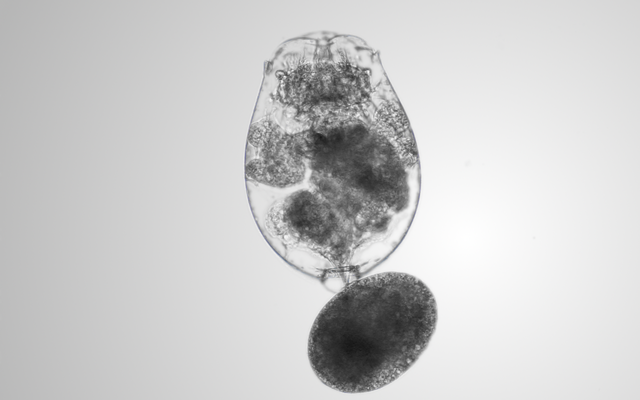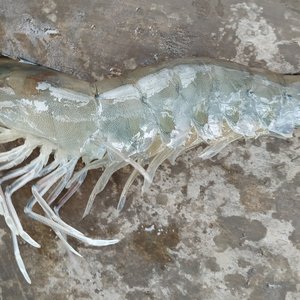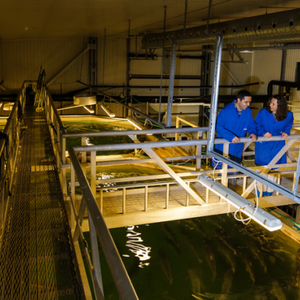Rotifers serve as the first live food for marine fish larvae. The essential daily supply of rotifers depends on a successful culture of billions of rotifers, as there are no current alternatives for this live food in the large-scale production of farmed fish. This problem is not faced with Artemia, the second source of live food, as they are supplied as cysts and hatched according to demand.
Rotifers produce resting eggs that can be stored for long periods of time and hatched when needed, but their use in aquaculture is limited, despite great advantages. Unlike Artemia cysts which are harvested from natural sources or salt works, rotifer resting eggs originate from cultures.
A team of Israeli researchers performed a study to identify the main factors affecting resting egg production, storage and hatching, with the aim of increasing the efficiency and reducing the costs of production, thus facilitating their wider use in hatcheries.
The study was performed with a Brachionus plicatilis clone displaying a high propensity towards resting egg production. Resting eggs production was affected by the food type, with a 2-5-fold difference between Nannochlorosis sp. from different sources, at optimal feeding regimes.
Researchers uncovered a central role for lipids in promoting resting egg production. Remarkably, addition of a lipid enriched solution to yeast, increased the number of resting eggs by 10.4-fold, reduced the percentage of damaged resting eggs by 5.8-fold and production was similar to one type of algae. The food type did not affect either the length of the obligatory dormant period nor the hatching performance.
Resting eggs started to hatch at 22–35 days after their formation but the peak was reached after 44–62 days. Resting eggs that were dried close to the time of their formation did not hatch and the hatching potential was gradually obtained towards the end of the obligatory period.
Wet resting eggs stored for 2-65 months at 24-26 °C, exhibited a similar hatching performance. Dried resting eggs, however, could be stored for only nine months at the same conditions, but for longer periods at 4 °C. Rotifers that hatched from resting eggs can be mass-produced as resting egg production in these cultures accounted for 4.5% of the total number of females.
An automated continuous culture system is proposed and discussed in the study and also provides novel insights into biological attributes on the production and survival of resting eggs, as an important component of the natural food web in the aquatic environment.
Check out the study here.













